Marvin Integrity Wood Ultrex performance?
Joyst719
11 years ago
Featured Answer
Comments (25)
millworkman
11 years agolast modified: 9 years agommarse1
11 years agolast modified: 9 years agoRelated Professionals
Laurel Window Contractors · Montgomery Village Window Contractors · Auburn Window Contractors · Cincinnati Window Contractors · Enumclaw Window Contractors · San Luis Obispo Window Contractors · Washington Window Contractors · Centerville Interior Designers & Decorators · Glenbrook Interior Designers & Decorators · Del Aire General Contractors · DeRidder General Contractors · Havelock General Contractors · Red Wing General Contractors · Deerfield Beach Carpenters · North Las Vegas CarpentersHomeSealed
11 years agolast modified: 9 years agomillworkman
11 years agolast modified: 9 years agoHomeSealed
11 years agolast modified: 9 years agoflextech
11 years agolast modified: 9 years agoHomeSealed
11 years agolast modified: 9 years agoWindows on Washington Ltd
11 years agolast modified: 9 years agoflextech
11 years agolast modified: 9 years agoWindows on Washington Ltd
11 years agolast modified: 9 years agoflextech
11 years agolast modified: 9 years agoWindows on Washington Ltd
11 years agolast modified: 9 years agoflextech
11 years agolast modified: 9 years agoWindows on Washington Ltd
11 years agolast modified: 9 years agoflyfish29
10 years agolast modified: 9 years agoWindows on Washington Ltd
10 years agolast modified: 9 years agotoddinmn
10 years agolast modified: 9 years agodonmacc
9 years agomillworkman
9 years agodonmacc
9 years agorwiegand
9 years agomillworkman
9 years agorwiegand
9 years agomovourneen
8 years ago
Related Stories
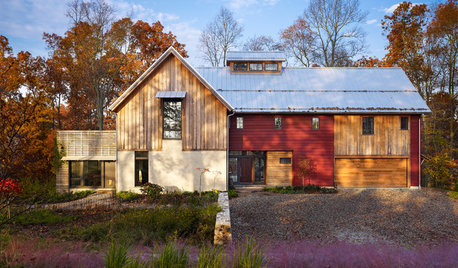
FARMHOUSESHouzz Tour: Nestling Into the Rural Pennsylvania Landscape
Regional barns and nature provide the inspiration for a new home sited between a meadow and the woods
Full Story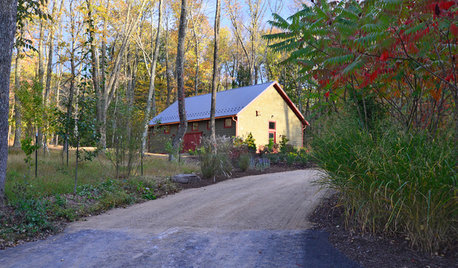
BACKYARD STUDIOSMaster Builder Crafts a Dream Workshop
A design-build firm owner uses an economical building method for his large shed and finishes it off nicely to blend into the scenery
Full Story
GREAT HOME PROJECTSUpgrade Your Windows for Beauty, Comfort and Big Energy Savings
Bid drafts or stuffiness farewell and say hello to lower utility bills with new, energy-efficient windows
Full Story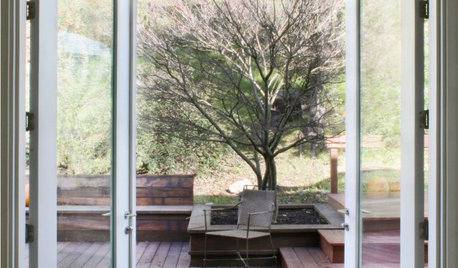
MOST POPULARFind the Right Glass Door for Your Patio
It’s more than just a patio door — it’s an architectural design element. Here’s help for finding the right one for your home and lifestyle
Full Story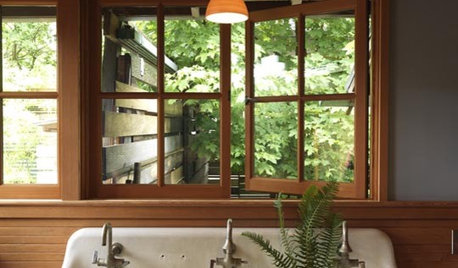
REMODELING GUIDESRenovation Detail: The Casement Window
If heaving open your windows leaves you winded, let the cranks or cam handles of casement windows bring in an easier breeze
Full Story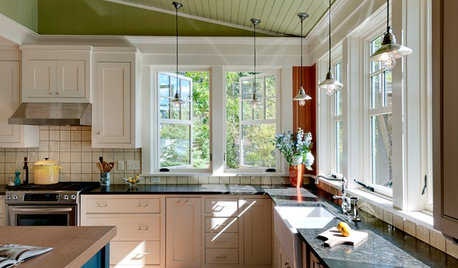
REMODELING GUIDESWhich Window for Your World?
The view and fresh air from your windows make a huge impact on the experience of being in your house
Full Story
FLOORSIs Radiant Heating or Cooling Right for You?
Questions to ask before you go for one of these temperature systems in your floors or walls (yes, walls)
Full Story
KITCHEN DESIGNHow to Choose the Right Hood Fan for Your Kitchen
Keep your kitchen clean and your home's air fresh by understanding all the options for ventilating via a hood fan
Full Story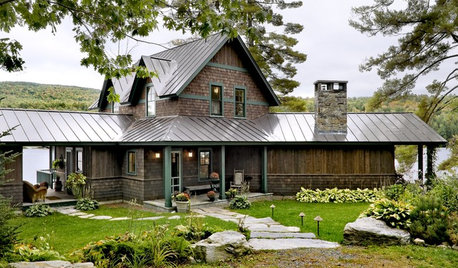
REMODELING GUIDESMaterials: The Advantages of a Metal Roof
Metal reigns in roofing style, maintenance and energy efficiency
Full Story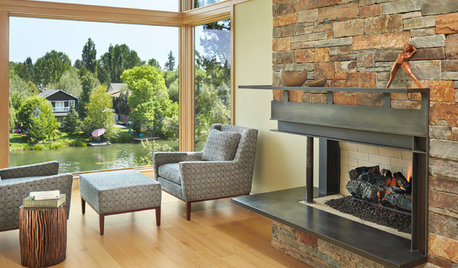
CONTEMPORARY HOMESHouzz Tour: Contemporary Oregon Home Connects With Life on the River
Architects carefully nestle this home within its narrow waterfront site, while paying attention to details and materials inside
Full StoryMore Discussions







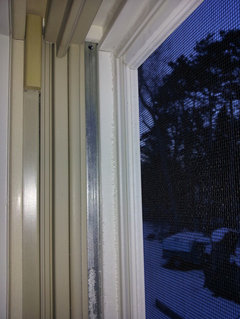


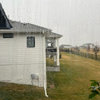


HomeSealed Exteriors, LLC